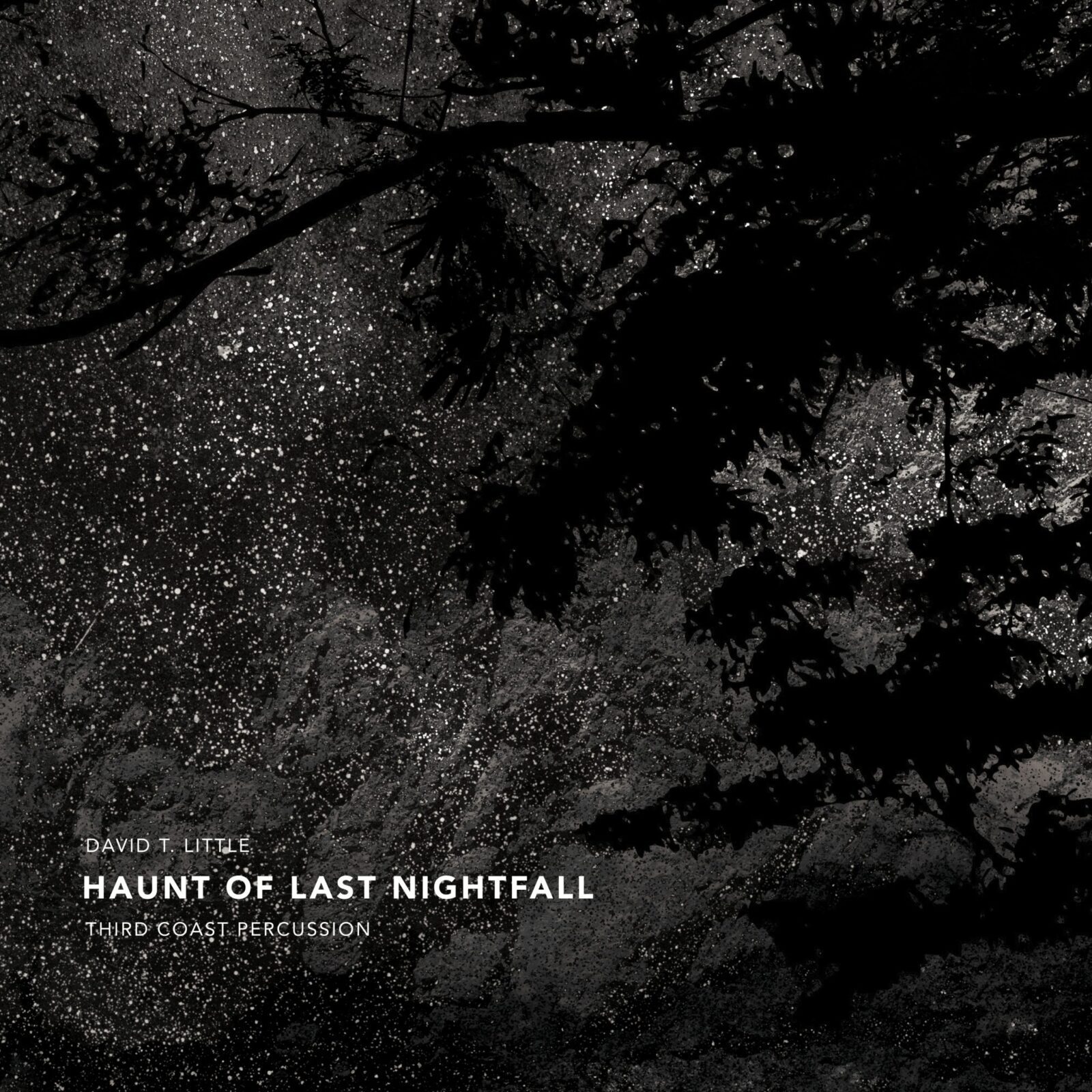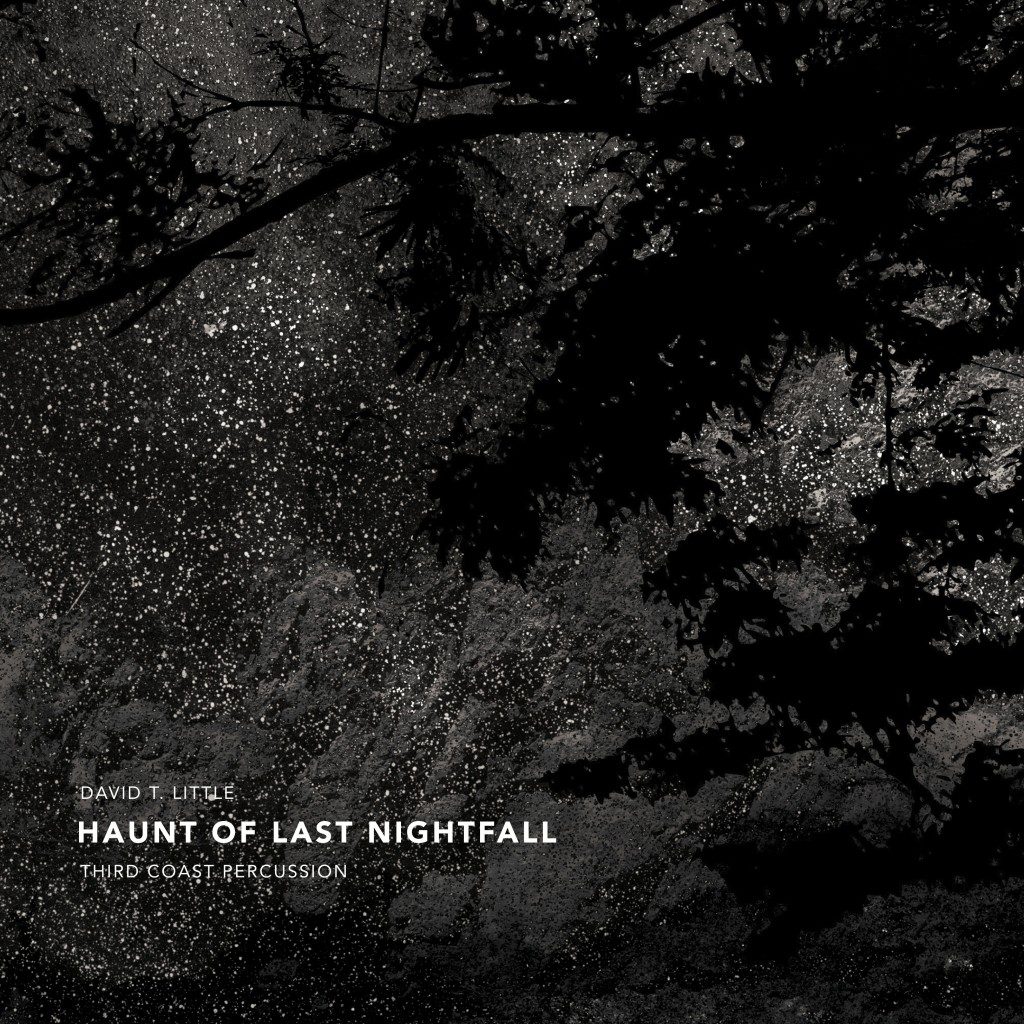Wing Vilma Lets Nature Guide Self-Discovery on Spirit Practice LP


Milly Coleman of Wing Vilma has never been one to fight with nature. Instead, from early on in their life, they found themselves tuning into the complex and ever-present rhythms that nature has to offer – branches of a tree tapping a window, waves crashing to shore, their own footsteps brushing the ground as they walked home from school. On their sophomore LP Spirit Practice – released Friday, August 13th via Young Heavy Souls – Coleman explores how their own connection to nature has acted as a guiding force in both music and shaping their identity.
Where most people see technology and nature as opposing forces, Coleman has spent much of their life fusing the two to make something beautiful. “I’m just obsessed with synthesizing organic sounds,” Coleman explains. “It’s almost like ASMR for me…I feel like there’s a really physical, tactile sense of pleasure and dopamine release that I have when I take the sounds of a forest and I run it through a loop so that the footsteps become the rhythm or whatever it might be.” Samples of nature can be heard throughout Spirit Practice in nearly every song, whether it’s a heavy rain or the cushion of a soft breeze.
“Astrology Cup” offers the most outright sampling of nature, with its intermittent sounds of water flowing. The gentle reminder of one of Mother Nature’s most powerful elements builds a tension throughout the song, inviting the listener to meditate on this essential life source. Coleman explains that they approached much of making this record in the same way. “I truly don’t remember writing some of the things that came to define these songs,” Coleman says. “I feel like I’m just very meditative in these moments and I’m channeling something beyond myself.”
The video, which premieres exclusively on Audiofemme today, gives a visual explanation of Coleman’s subconscious and conscious inspirations, and includes lyrics to a spoken word piece that was instigated by the song. It was filmed, directed and edited entirely by Coleman and encapsulates their DIY approach to making music and art.
A record three years in the making, Coleman says that time was as vital as any other instrument on the album. Giving the music space and coming back to it allowed them to reinterpret and build upon what they had started days, weeks, even months before. The time also allowed them to view their work and what it was saying from a bird’s eye view. “This record… before I even had a conscious realization… was about discovering myself,” Coleman says. “When I started some of these songs, I hadn’t even come out to myself as trans. I was in the deep, deep beginnings of understanding my own identity.”
They explain that this body of work, more than any other, marked a significant time stamp in their life. They see a continuum of the same person they have always been, but also a marked difference in the identities and stages of their life. Spirit Practice tells this story through an ebb and flow of intensity and calm. The record’s title track welcomes the listener – and its creator – to look deep inside themselves, allowing all the noise to come and go, leaving one’s inner truth at the forefront of the mind.
Moments of doubt and apprehension are communicated through booming percussion and dissonant tones – most noticeably in “You Don’t Know Arts” and “Thunder” – while effervescent melodies and buoyant rhythms signal lightness and peace in “GO!” and “I Wish.” Coleman uses what feels like thousands of different textures throughout Spirit Practice to tell a story of fluidity, change and self-assurance. And while each song contains a different palette of found sounds and meticulously manipulated synths, they are all tied together by Coleman’s masterful production.
Though they started taking piano lessons at age six and are proficient on a range of instruments, Coleman has always felt most at home sitting at a drum set or constructing intricate rhythms on their laptop. “I think there’s always been a very strong, innate sense of rhythm in my body,” they say. “The more I realized I could just appreciate the rhythms around me, [that] I didn’t have to fight them, I could just take them in… and create with them, that was liberating for sure.”
For this particular project, Coleman didn’t have access to their normal kit set up, and ended up sampling the sounds from their kit – and elsewhere – to create the kaleidoscopic beats you hear on the record. They admit that this method has made it especially challenging to repeat in a live setting, but that it has only pushed them to further expand their skillset as a drummer. “I’m really surprising myself with how far I’ve come as a percussionist,” says Coleman. “I really think I’m doing my best work ever now.”
It doesn’t hurt that Coleman also comes from a long line of musicians. They remember riding in the car with their grandma while she played orchestral music and quizzed them on which instrument was playing and in what key. She was the one to give Coleman their first synthesizer, a Roland Juno-106. “It’s a synth that I’ve heard used on some of my favorite records throughout my whole life, and for her to have been the person to [gift that to me]… is profound. I’m really grateful,” though Coleman says they are just as likely to improvise on pots and pans as they are on a legendary synth.
This innate ability to merge worlds – artificial and organic, acoustic and electronic – is what gives Wing Vilma limitless depth and accessibility. And while the story Coleman tells through it is completely and wholly their own, their music invites the listener to impose their own life’s arcs and challenges onto it and view them from a meditative lens. After all, who doesn’t want to be the main character?
Follow Wing Vilma on Instagram and Facebook for ongoing updates.



